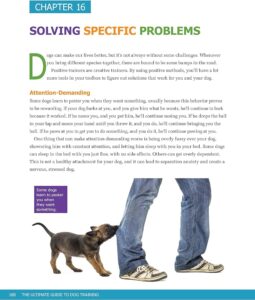Do you ever find yourself perplexed by the peculiar antics of your feline companion? In this article, we will unravel the mystery behind some of the most unusual and enigmatic behaviors exhibited by cats. From the infamous “zoomies” to their fascination with boxes, we will explore the intriguing world of strange cat behavior. Prepare to be captivated as we delve into the minds of these enigmatic creatures and uncover the reasons behind their peculiar actions. Whether you’re a seasoned cat owner or simply curious about our feline friends, this article will shed light on the intriguing world of strange cat behavior.
Unraveling the Mystery: Exploring Strange Cat Behavior
Cats are known for their peculiar behaviors that often leave us scratching our heads in confusion. From pouncing on toys to kneading their paws, our feline friends display a wide range of intriguing actions. In this article, we will delve into the mysteries behind some of these behaviors, shedding light on why cats do what they do.
1. Pouncing and Hunting Behavior
1.1. Pouncing on Toys
One common behavior that many cat owners witness is their furry companions pouncing on toys. This instinctive behavior mimics their natural hunting instincts in the wild. When a cat pounces on a toy, they are honing their hunting skills and engaging their predatory nature. It also provides them with mental stimulation and helps them stay physically active.
1.2. Pouncing on Household Objects
Aside from toys, you might notice your cat pouncing on random household objects like paper balls or socks. This behavior is an extension of their hunting instincts. Cats see these objects as potential prey and are simply acting out their natural instinct to stalk and capture.
1.3. Hunting Behavior in Cats
In the wild, cats rely on their predatory skills to hunt for food. Even though our domesticated feline companions no longer need to hunt for survival, they still carry these instincts within them. Engaging in hunting behaviors allows them to fulfill their primal need for mental and physical stimulation.
2. Kneading and Biscuit Making
2.1. What is Kneading?
If you have ever witnessed your cat rhythmically pushing and pulling their paws against a soft surface, you have witnessed the behavior known as kneading. Kneading is the repetitive motion of a cat’s paws against a surface, reminiscent of a kneading action used in baking bread dough.
2.2. Why Do Cats Knead?
Kneading is a behavior that is typically displayed by kittens while nursing from their mother. It serves a practical purpose, as it stimulates milk flow and helps them receive nourishment. As cats grow older, this behavior becomes more of a comforting gesture. Kneading not only provides cats with a sense of security but also allows them to mark their territory with the scent glands located on their paws.
2.3. Kneading and Biscuit Making Behavior in Cats
Kneading is often accompanied by a drooling or purring response, indicating that cats find this behavior pleasurable. Some cats also incorporate the act of sucking on fabrics or blankets while kneading, which further promotes a sense of comfort and security. It is important to provide your cat with appropriate surfaces for kneading to prevent damage to furniture or belongings.
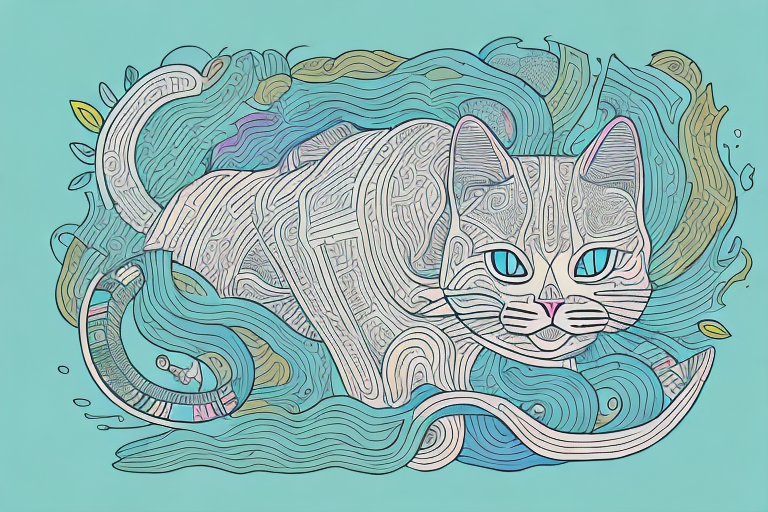
This image is property of blog.catbandit.com.
3. Litter Box Mysteries
3.1. Litter Box Preference
Maintaining proper litter box habits is crucial for cat owners, but what drives a cat’s preference for certain litter box setups? Cats have unique preferences when it comes to their litter boxes, and understanding these preferences can help create a more comfortable environment for your feline friend.
3.2. Going Outside the Litter Box
Finding that your cat is going outside the litter box can be frustrating and puzzling. However, this behavior may be driven by various factors such as medical conditions, stress, or dissatisfaction with the litter box setup. It is essential to determine the underlying cause to address the problem effectively.
3.3. Litter Box Behavior Problems
Sometimes, cats develop behavioral issues related to their litter box habits. These problems can include refusing to use the litter box, excessive scratching in the area surrounding the litter box, or urinating in inappropriate places. Identifying and resolving these issues may require the assistance of a veterinarian or animal behaviorist to ensure your cat’s well-being and maintain a harmonious living environment.
4. Zoomies and Midnight Crazies
4.1. What are Zoomies?
If you have ever witnessed your cat sprinting around the house with seemingly boundless energy, you have witnessed the phenomenon known as “zoomies.” Zoomies refer to periods of intense activity and playfulness exhibited by cats, often characterized by sudden bursts of running, jumping, and wild antics.
4.2. Why Do Cats Have Zoomies?
Zoomies are common among cats and serve as a way for them to release pent-up energy. Cats are crepuscular animals, meaning they are most active during dawn and dusk. During these times, their instincts for hunting and playfulness are heightened, leading to these energetic outbursts.
4.3. Managing Zoomies and Midnight Crazies
While zoomies can be delightful to witness, they may sometimes occur at undesirable times, such as in the middle of the night. To manage these bursts of energy, provide your cat with regular play sessions throughout the day to help them expend their energy. Interactive toys and engaging in playtime activities can help alleviate excessive zooming behavior and redirect their energy to more appropriate outlets.
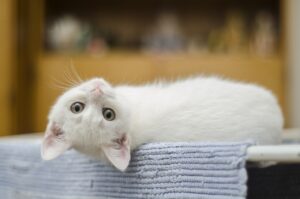
This image is from pixabay.com.
5. Catnip and Its Effects
5.1. Catnip Sensitivity
Catnip, a member of the mint family, holds a fascinating effect on cats. Around 50-75% of cats exhibit a strong sensitivity to catnip, while others show no response at all. This sensitivity is thought to be hereditary and can vary among individual cats.
5.2. Investigating the Effects of Catnip
When exposed to catnip, cats may exhibit various reactions, such as rolling, rubbing, purring, or increased playfulness. The compound responsible for these effects is called nepetalactone, which triggers a response in a cat’s olfactory system. While the effects of catnip are generally harmless, it is crucial to moderate its use, as excessive exposure may lead to overstimulation.
5.3. Other Plants that Affect Cats
Catnip is not the only plant that cats may have a reaction to. Other plants, such as silver vine, valerian root, and honeysuckle wood, can elicit similar responses in cats. Offering a variety of these plants or their extracts can provide your cat with new and different types of stimulation, enhancing their overall environment.
6. Head-Butting and Bunting
6.1. Head-Butting: A Form of Communication
Head-butting, also known as bunting, is a behavior commonly displayed by cats. It involves a gentle bump of the head against an object or a person. While it may seem unusual to us, head-butting is a cat’s way of initiating contact and showing affection. It is their equivalent of a friendly handshake or a hug.
6.2. Bunting: Marking Territory
Beyond establishing contact, bunting is also a form of scent marking. Cats have scent glands located on their faces, and when they rub their heads against objects or people, they are leaving their scent behind. This behavior allows them to mark their territory and create a sense of familiarity in their surroundings.
6.3. Bonding Through Head-Butting and Bunting
When a cat head-butts or rubs against you, it is a sign that they trust and feel comfortable with you. Encouraging and reciprocating this behavior can strengthen the bond between you and your cat. However, if your cat exhibits excessive head-butting or bunting, it may be a sign of anxiety or overstimulation, and it is best to monitor their behavior accordingly.

This image is property of i.ytimg.com.
7. The Mysterious Tail Language
7.1. Understanding Tail Position and Movement
A cat’s tail is an essential communication tool, conveying a range of emotions and intentions. The position and movement of a cat’s tail can provide valuable insights into their current state of mind. Understanding these tail cues can help you better understand and engage with your feline companion.
7.2. Twitches and Puffs: Tail Language Explained
A cat’s tail language encompasses various movements and positions, each indicating different emotions or messages. A relaxed tail, held upright with a slight curve, signifies contentment. A stiff, puffed-up tail indicates fear or aggression. Twitching or swishing of the tail can indicate excitement or frustration. Paying attention to these cues can help you gauge your cat’s mood and determine the appropriate response.
7.3. What Your Cat’s Tail is Trying to Tell You
By observing your cat’s tail language, you can gain insight into their feelings and intentions. A tucked or lowered tail may indicate fear or submission, while an upright, vibrating tail expresses excitement or anticipation. Tail movements are just one aspect of a cat’s overall body language, so it is important to consider other cues, such as ear positioning and facial expressions, to interpret their true emotions accurately.
8. Window Watchers and Bird Enthusiasts
8.1. The Fascination with Windows
Cats have a natural affinity for windows. Spending hours gazing out the window is a common pastime for many feline friends. The outside world offers a wealth of stimuli, including birds, squirrels, and other animals, that captivate and engage their curious nature.
8.2. Bird Watching Behavior
Bird watching is a prevalent behavior among cats. The sight of a fluttering bird or the chirping sounds they make can be incredibly enticing for our furry companions. Watching birds not only provides entertainment and mental stimulation but also taps into their ancestral hunting instincts.
8.3. Providing Environmental Enrichment for Indoor Cats
For indoor cats, it is crucial to provide environmental enrichment to satisfy their natural instincts. Placing perches near windows or installing bird feeders within sight can bring the outside world closer to your cat. Interactive toys and puzzle feeders can also provide mental stimulation and keep them engaged in a safe and controlled environment.
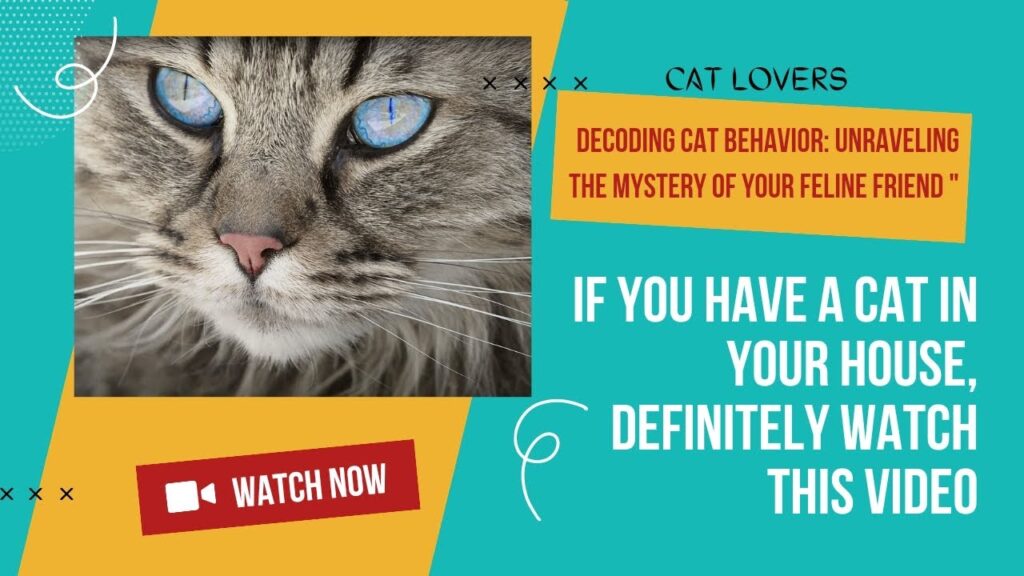
This image is property of i.ytimg.com.
9. Cat Zoom Meetings and Screen Time
9.1. Cats and Screens: A Curious Combination
It is not uncommon to find your cat showing interest in screens, whether it is your television, computer monitor, or smartphone. Cats are naturally curious creatures, and screens emit bright lights and movements that capture their attention and spark their curiosity.
9.2. Scratching Screens and Chasing Cursors
One of the amusing behaviors cats may exhibit when interacting with screens is scratching or pawing at them. This behavior arises from their instinct to investigate and engage with moving objects. Additionally, chasing the elusive cursor on a computer screen can become a captivating game for many cats.
9.3. Ways to Manage Cat’s Interest in Screens
While it can be entertaining to observe your cat’s fascination with screens, it is essential to manage their interactions to prevent any damage or potential harm. Using screensavers or protective covers can help safeguard your devices. Additionally, providing alternative forms of entertainment, such as interactive toys or dedicated playtime, can redirect their attention away from screens and promote healthy engagement.
10. Perplexing Eating Habits and Food Obsessions
10.1. Finicky Eaters: The Pickiness of Cats
Cats are known for their discerning palates and selective eating habits. This finicky behavior can stem from various factors, including preference for specific textures, flavors, or even the temperature of their food. Understanding your cat’s preferences can help ensure they receive the nutrition they need.
10.2. Strange Eating Habits in Cats
Despite their finicky nature, some cats may exhibit unusual eating habits. From eating grass to consuming non-food items like plastic or wool, these behaviors can be perplexing for cat owners. Ingesting grass may aid in digestion or serve as a natural remedy for hairballs, while ingesting non-food items may be a sign of pica, a behavioral disorder that requires veterinary attention.
10.3. Food Obsessions: When Eating Becomes an Obsession
In some cases, cats may develop food obsessions, fixating on specific food items or engaging in excessive begging behaviors. These obsessions can stem from various causes, including an underlying medical condition or behavioral issues. Identifying the root of the problem and seeking professional guidance can help address these obsessions and ensure your cat follows a healthy and balanced diet.
Understanding the peculiar behaviors exhibited by cats can provide valuable insights into their needs and preferences. By delving into these mysteries, we can foster stronger bonds and create enriched environments that cater to their unique instincts. Remember, exploring and embracing these strange behaviors is all part of the joy of being a cat owner.
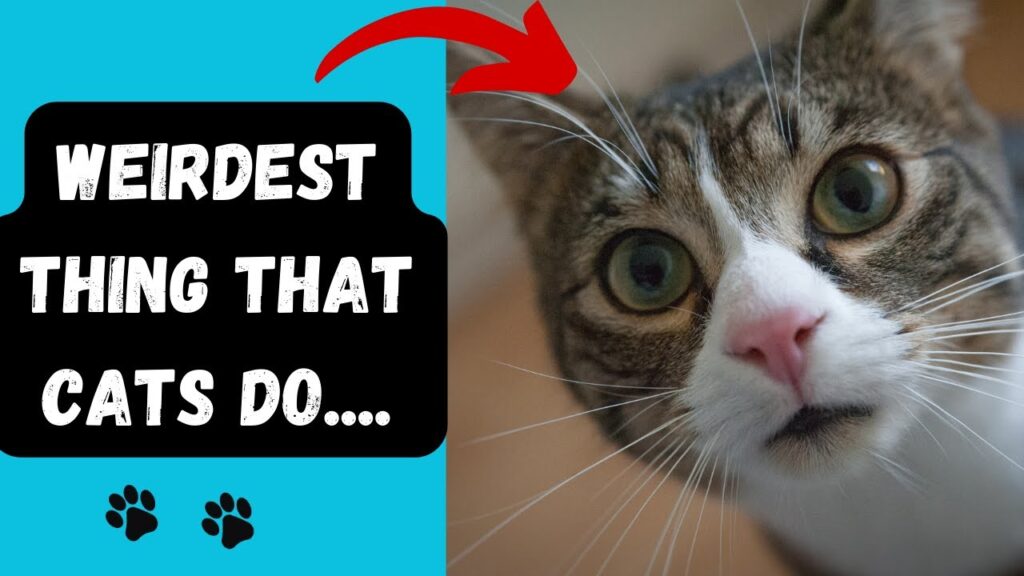
This image is property of i.ytimg.com.

